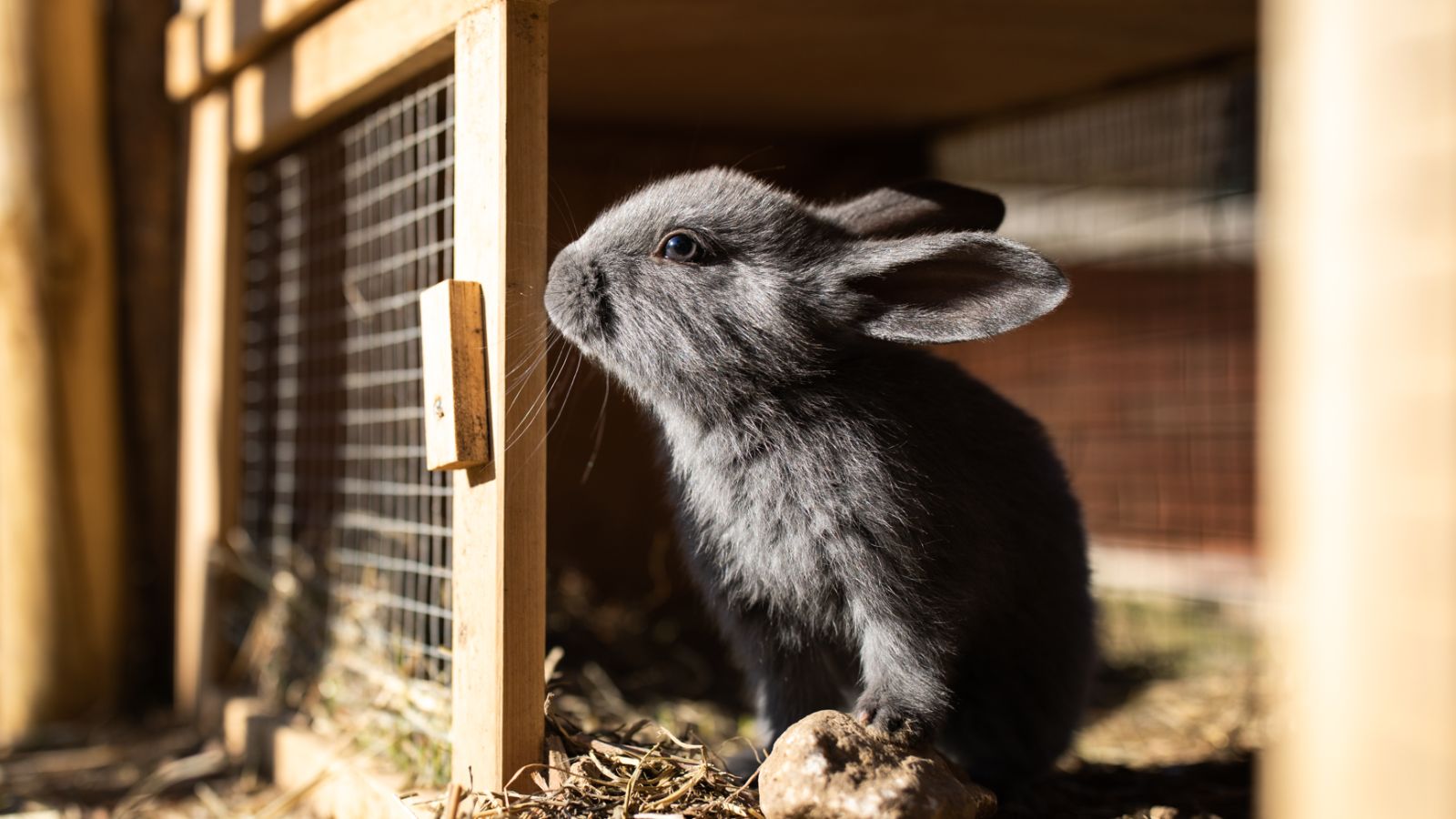Keeping your rabbit’s cage clean and well-maintained is crucial for your pet’s health and happiness. A tidy habitat prevents disease, reduces odors, and creates a comfortable living space for your furry friend. Regular cleaning and maintenance of your rabbit’s cage involve daily spot cleaning, weekly deep cleaning, and periodic checks of equipment and accessories.

Proper cage care not only benefits your rabbit but also makes your life easier as a pet owner. By establishing a consistent cleaning routine, you’ll spend less time on major cleanups and more time enjoying your rabbit’s company. Plus, a clean cage allows you to quickly spot any health issues or changes in your rabbit’s behavior.
Maintaining your rabbit’s cage goes beyond just cleaning. It includes checking for wear and tear on toys, replacing bedding, and ensuring all parts of the habitat are functioning correctly. This comprehensive approach to cage care will help your rabbit thrive in a safe and hygienic environment.
Preparing for Cage Cleaning
Proper preparation is key to efficiently cleaning your rabbit’s cage. Having the right supplies and a consistent routine will make the task easier and more effective.
Selecting the Right Cleaning Supplies
Choose pet-safe cleaning products specifically designed for small animal habitats. Avoid harsh chemicals that could harm your rabbit. White vinegar mixed with water creates an effective, natural cleaning solution. Keep a spray bottle, scrub brush, and microfiber cloths on hand.
For stubborn stains, baking soda can be used as a gentle abrasive. Paper towels or disposable wipes are useful for quick spot cleaning. Don’t forget to have fresh bedding ready to replace the old.
Establishing a Cleaning Routine
Set a regular schedule for cage cleaning. Daily spot cleaning helps maintain cleanliness between deep cleans. Remove soiled bedding, uneaten food, and droppings each day.
Perform a thorough cleaning once a week. This involves removing all items from the cage, including toys and accessories. Wash food and water containers with hot, soapy water.
Wipe down all surfaces with your pet-safe cleaning solution. Pay special attention to corners and crevices where waste can accumulate. Allow the cage to dry completely before adding fresh bedding and returning your rabbit’s belongings.
Executing the Cleaning Process
Regular cleaning of your rabbit’s cage is essential for their health and comfort. A thorough cleaning routine involves several key steps to ensure a hygienic living space for your furry friend.
Removing and Washing Accessories
Start by removing all accessories from the cage. This includes food and water dishes, toys, and hiding spots. Wash these items with warm, soapy water. Use a pet-safe dish soap to avoid harmful residues.
Rinse the accessories thoroughly to remove all soap. Allow them to air dry completely before returning them to the cage. This prevents moisture buildup that could lead to mold growth.
For plastic items, consider running them through the dishwasher on a gentle cycle for extra sanitation. Metal accessories can be soaked in a diluted vinegar solution to remove any mineral deposits.
Changing the Bedding
Remove all used bedding from the cage. Dispose of it in a compost bin or trash bag. Sweep or vacuum any remaining debris from the cage floor.
Choose fresh, absorbent bedding for your rabbit. Options include:
- Wood shavings (avoid cedar or pine)
- Paper-based bedding
- Straw or hay
Spread a generous layer of new bedding across the cage bottom. Aim for a depth of 1-2 inches to provide comfort and absorb waste.
Cleansing and Disinfecting the Cage
Scrub the cage surfaces with warm, soapy water. Pay special attention to corners and crevices where waste may accumulate. Rinse thoroughly with clean water.
For deeper cleaning, use a pet-safe cleaning solution. Diluted white vinegar (1 part vinegar to 3 parts water) is an effective, natural option. Spray the solution on all surfaces and let it sit for a few minutes.
Wipe down the cage with clean water to remove any residue. Dry the cage completely with towels or allow it to air dry. Proper drying prevents moisture-related issues and odors.
For stubborn stains or odors, use a pet-safe enzymatic cleaner. These products break down organic matter and neutralize smells effectively.
Litter Box Upkeep and Odor Management
Proper litter box maintenance and odor control are crucial for a clean and healthy rabbit habitat. Regular upkeep ensures your rabbit’s comfort and prevents unpleasant smells from permeating your home.
Effective Litter Box Practices
Clean your rabbit’s litter box daily. Remove soiled litter and droppings, then add fresh litter as needed. Use a pet-safe disinfectant to wipe down the box weekly.
Choose the right litter type. Avoid clay-based or clumping litters, as they can be harmful if ingested. Opt for paper-based, wood pellet, or grass hay litters instead.
Provide enough litter depth. Fill the box with 1-2 inches of litter to allow for proper absorption and digging behavior.
Place the litter box strategically. Position it in a corner of the cage where your rabbit naturally eliminates. This encourages consistent use and reduces accidents.
Odor Control Solutions
Use odor-absorbing litter additives. Sprinkle baking soda or activated charcoal on the bottom of the litter box before adding litter to neutralize smells.
Ventilate the area. Open windows or use a fan to improve air circulation around your rabbit’s cage.
Try a DIY cleaning solution. Mix equal parts water and white vinegar in a spray bottle. Use this to clean the litter box and surrounding areas for natural odor elimination.
Consider an air purifier. Place one near your rabbit’s cage to filter out odors and airborne particles.
Groom your rabbit regularly. Brush your pet to reduce loose fur and dander, which can contribute to odors in the cage environment.
